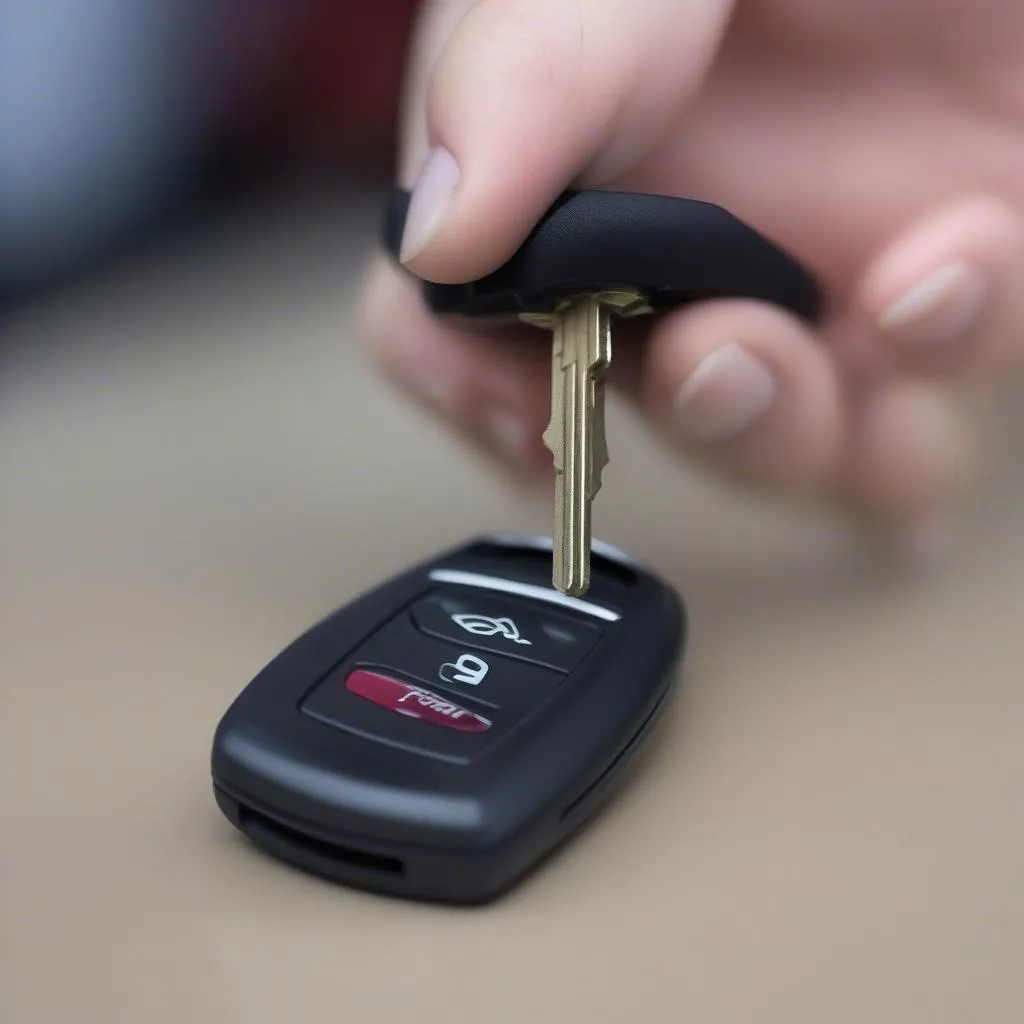The appearance of an orange battery light on your car’s dashboard is a clear indication that something is amiss with your vehicle’s electrical system. While it can be a minor hiccup, ignoring this warning sign can lead to more serious problems down the road, leaving you stranded. This comprehensive guide will delve into the common causes of an orange battery light, provide practical solutions, and offer expert insights to help you navigate this automotive challenge.
Decoding the Orange Battery Light
Unlike a red battery light, which usually signals a critical issue requiring immediate attention, an orange battery light often indicates a less severe problem, typically related to your car’s charging system.
What the Orange Battery Light Means
This amber warning light, often shaped like a car battery with a plus and minus sign, typically indicates one or more of the following:
- Failing alternator: The alternator is the powerhouse responsible for recharging your battery while the engine is running. A malfunctioning alternator won’t supply enough power to the electrical system or charge the battery properly.
- Loose or corroded battery cables: Battery cables act as the electrical conduit between the battery and the rest of your vehicle. Loose, damaged, or corroded cables can disrupt the flow of electricity.
- Worn-out battery: While an orange light doesn’t always point to a dead battery, an aging battery nearing the end of its lifespan might trigger the warning.
- Electrical drain: An electrical drain occurs when a component continues to draw power even when the car is turned off, gradually draining the battery.
- Problem with the voltage regulator: The voltage regulator, a crucial part of the alternator, maintains a steady voltage flow to the electrical system. A faulty regulator can lead to overcharging or undercharging.
Troubleshooting the Orange Battery Light
Identifying the root cause of the orange battery light is crucial to resolving the issue effectively. Here’s a step-by-step guide to help you troubleshoot the problem:
- Check the battery terminals: Inspect the battery terminals for any signs of corrosion, looseness, or damage. Clean corroded terminals with a baking soda and water solution and a wire brush. Tighten any loose connections.
- Inspect the battery cables: Examine the battery cables for any cracks, fraying, or damage. Replace any damaged or worn-out cables.
- Test the battery: Use a multimeter to test the battery’s voltage. A fully charged battery should read around 12.6 volts. A lower reading indicates a weak or dying battery.
- Examine the alternator belt: Ensure the alternator belt is properly tensioned and free from cracks or wear. A loose or damaged belt can prevent the alternator from functioning correctly.
- Consider an electrical system check: If the above steps don’t pinpoint the problem, it’s best to consult a qualified mechanic specializing in automotive electrical systems. They can perform a thorough diagnostic check using specialized equipment to isolate the issue.
Remote Diagnostics and Software Solutions
In today’s digitally driven world, remote diagnostics and software solutions are revolutionizing the way car problems are diagnosed and resolved. Expert technicians like myself can remotely access your vehicle’s computer system to:
- Retrieve diagnostic trouble codes (DTCs): These codes provide specific insights into the nature of the electrical fault.
- Analyze real-time data: Monitoring live data streams from various sensors helps us identify intermittent issues that might not be apparent during a physical inspection.
- Perform software updates and reprogramming: In some cases, a simple software update or reprogramming of the car’s computer can rectify the problem.
Expert Insights and Preventative Measures
“Many car owners underestimate the importance of regular battery and charging system maintenance,” says John Smith, a seasoned automotive electrician with over 20 years of experience. “Simple checks like cleaning battery terminals and inspecting cables can prevent many common issues.”
Here are some proactive measures to prevent future battery and charging system problems:
- Regular battery testing: Get your battery tested at least once a year, especially if it’s more than three years old.
- Keep the battery clean: Regularly clean the battery terminals and cables to prevent corrosion build-up.
- Limit short trips: Frequent short trips prevent the alternator from fully recharging the battery.
- Address electrical drains promptly: If you notice any electrical components staying on after the car is off, have them inspected and repaired.
- Be mindful of extreme temperatures: Extreme heat or cold can shorten battery lifespan.
Conclusion
An orange battery light on your car shouldn’t be ignored. By understanding its meaning, following the troubleshooting steps, and seeking professional help when needed, you can address the underlying issue and ensure your vehicle’s electrical system remains in optimal condition.
Remember, proactive maintenance and timely intervention are key to preventing more costly repairs and ensuring a smooth and safe driving experience. Don’t wait until you’re stranded with a dead battery – take action when your car’s warning lights signal a problem.

